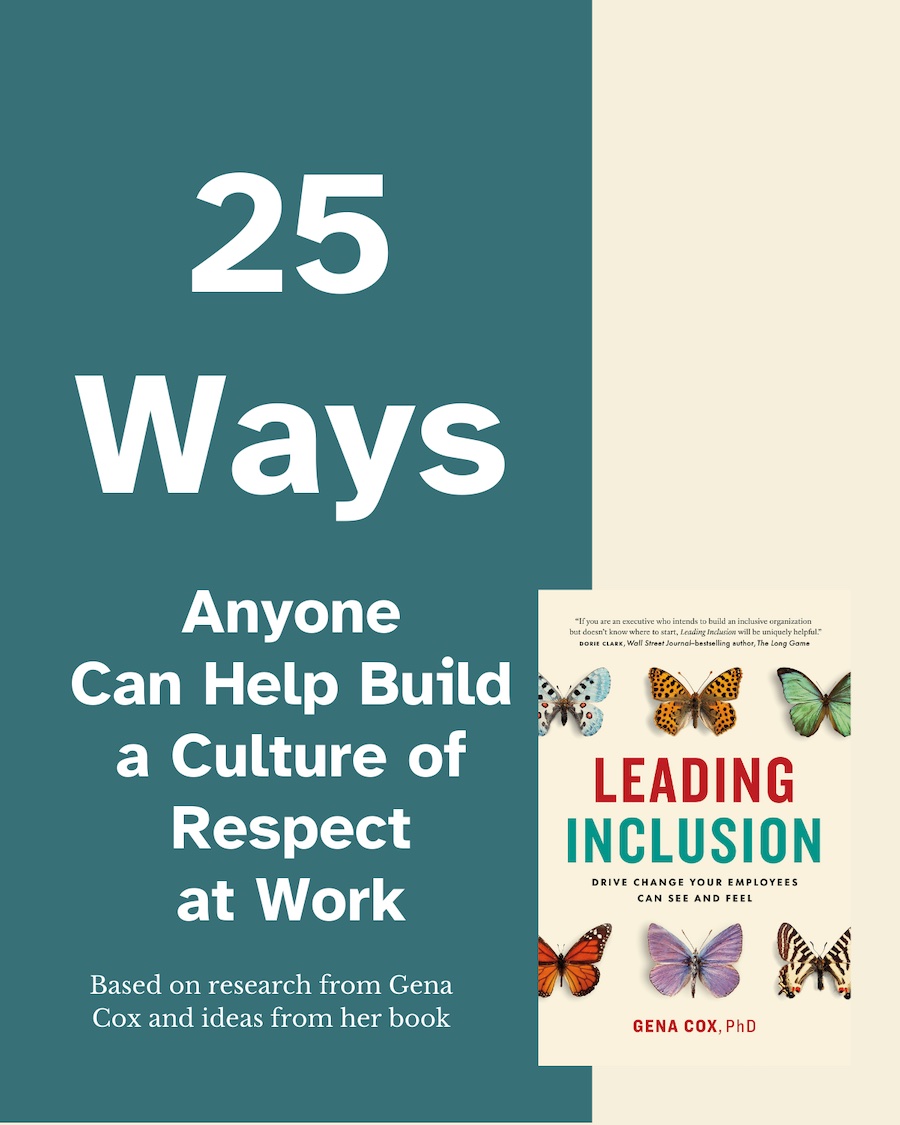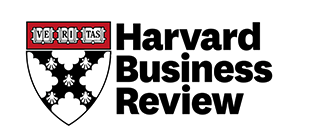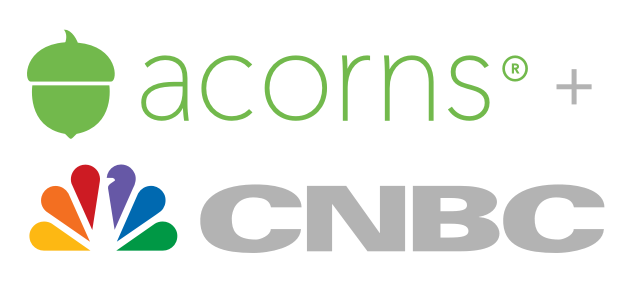Don’t use 2019 behaviors if you want to increase workplace diversity

Companies continue to seek ways to enhance the diversity of their workforces. Yet, many overlook potentially good workers because they are using traditional attraction and selection processes that reinforce traditional outcomes.
2019 selection processes that compromise diversity efforts
Sure, there is a groundswell of change that will (hopefully) change these practices, but most companies are still using 2019 behaviors to address 2022 talent management challenges. Ineffective 2019 talent selection behaviors include:
- depending on artificially-narrow selection criteria,
- overusing tools that emphasize “cognitive ability” above other characteristics that drive success,
- recruiters functioning like “gate-keepers” – doling out goodies that are in short supply, rather than as talent agents, looking for the talent, in whatever form it is packaged, and then guiding that talent to the right job,
- over-reliance on applicant tracking systems, many of which are powered by AI algorithms that are not transparent or well understood. Some of those algorithms perpetuate inequities because they were normed/validated on a subset of the U.S. population rather than a representative sample.
Behaviors that would be more effective in 2022 include:
- Looking for reasons to include candidates in the pool rather than exclude them.,
- Assuming that some people may be in the talent pool (e.g., the office work talent pool) because they are looking for upward mobility that might seem within grasp for the first time. Organizations would be well served to develop skills-based selection criteria rather than over-relying on achievement/academic-based criteria; t
- Treating job candidates like guests rather than annoyances.
Women of color are worthy of special mention here. According to the December 2021 U.S. unemployment report, Black women’s unemployment rates increased during the reporting period while the overall unemployment rate when down. Additionally, Black women are reporting that they are re-engaging with potential employers as the pandemic is easing, but they are not being called in to interview for the jobs they are seeking. Additionally, as a result of the pandemic, many of these women do not have access to the social support systems they need. “Interviews conducted with women of color looking for jobs revealed roadblocks. The most frequently mentioned problems include child-care struggles, health concerns, overlooked and ignored online applications, and too many jobs that pay minimum wage or barely above it.” This means that organizations that provide benefits such as child-care, mental health services, and financial advisory services will be more attractive employers for these and other women.















